If you and/or your family, take a few medications and/or supplements on a regular basis, you want to make sure you have an organized system in place.
This will prevent both under-dosing or worse, overdosing.
At the same time, you want to have a first aid kit stocked and available at all times, just in case.
In this post, you will find:
- step-by-step instructions for sorting, disposing, and organizing your household’s medications and supplements
- a link to our free medication tracker
- appropriate places to store your medications
- best types of organizers for your medications
- directions for putting together a first-aid kit
- tips to keep your medications organized
And with that, let’s get started!
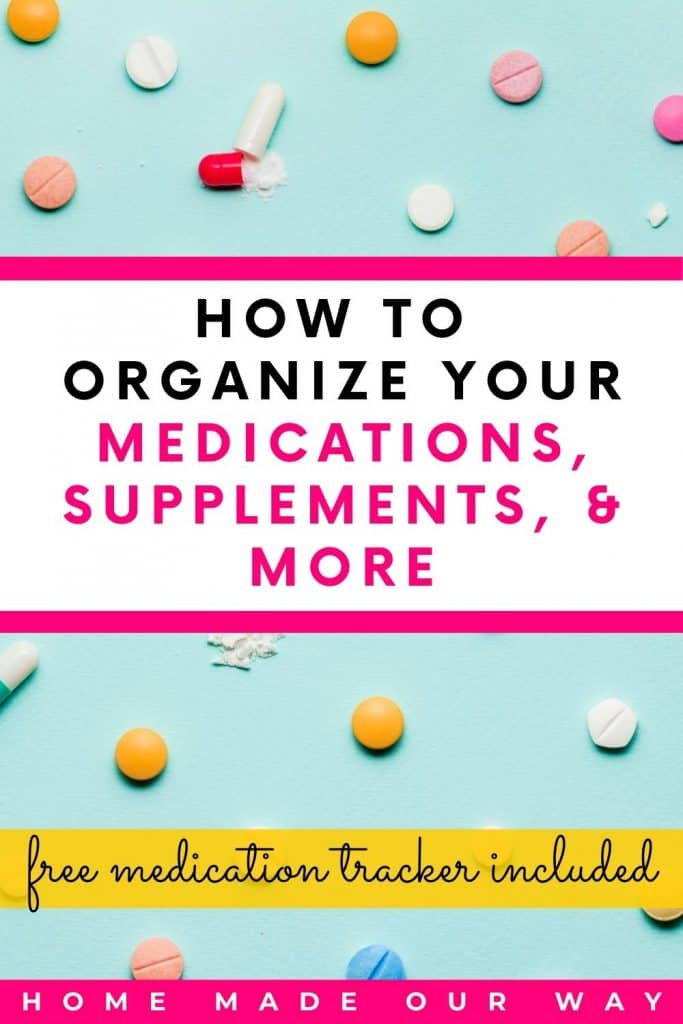
Disclosure: This post contains some affiliate links for your convenience (which means if you make a purchase after clicking a link I will earn a small commission but it won’t cost you a penny more)! Click here to read my full disclosure policy.
1. Gather all your medications and supplies in a central location
The very first step involves going around the home and collecting all your medicines and healthcare supplies.
You’ll want to gather all of the following:
- prescription medications
- over-the-counter medication
- vitamins/supplements
- topical ointments
- first aid supplies such as bandages, disposable gloves, etc.
Be sure to check bedside tables, bathrooms, purses, backpacks, and possibly vehicles.
Leave no stone unturned.
You will be creating an organized system for all of these.
2. Sort Your Medications by Person and Age
Once you have all your medications and supplies in one place, the next step is to sort them by category.
Use the above list to make 5 different sections.
Next, sort the prescription medications by the person taking them.
For the next three categories, separate into two more sections: one for adults and the other for children.
You can leave first-aid items in their own section.
Follow the graphic below.
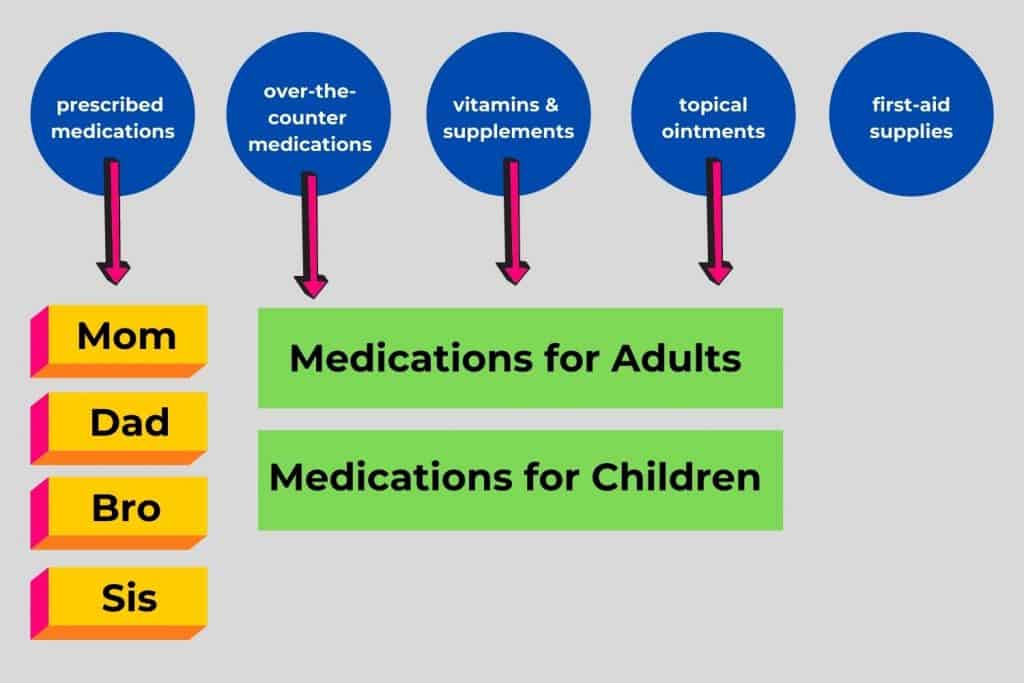
3. Dispose of Expired and No-Longer-Needed Medications
In this step, we are going to whittle down each of the sections you created.
Go through each medication including supplements and ointments and look for an expiration date.
If you find any expired medications, simply set them aside.
Do not dispose of them in your sink, toilet, or garbage.
Certain medications need to be disposed of properly.
Click here to read and follow the FDA guidelines on how to dispose of medicines properly.
Next, get rid of any medications that you or your family no longer need.
These can be medications that your children have outgrown as well as those prescribed by a doctor to be used if needed for a temporary condition.
Again, follow the above FDA guidelines for disposing of these.
To whittle down your sections further, look for duplicate pills and tablets that you can consolidate.
That is, combining medications that are identical and have the exact same manufacturer and expiration date.
Many times, I have opened new bottles without realizing that there was already one or two of the same medication already open.
I also consolidate those vials that I know are notoriously too big for their contents.
For example, my children’s vitamins below come in these oversized bottles.
When you look inside, you’ll find that the tablets only occupy half of the bottle space.
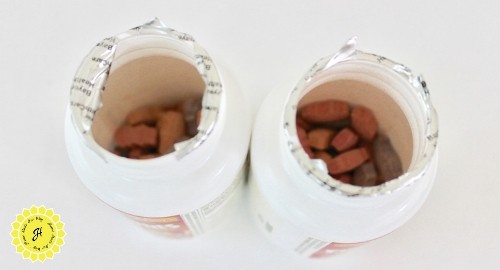
So I simply check for the expiration date.
If they are the same, I just combine them into one bottle.
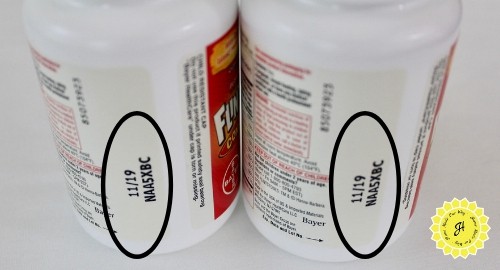
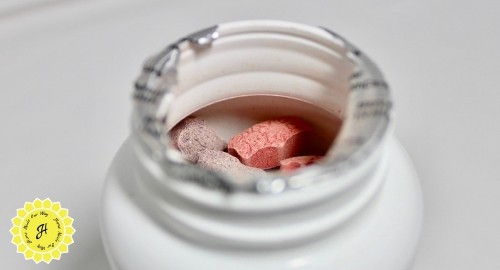
4. Fill Out a Medication Tracker
Before putting anything away, this would be a good time to fill out a medication tracker for each member of your family.
This record should include the following:
- Name of person taking medication and/or supplements
- The prescribed dosage
- Name/number of the prescribing doctor
- Name/number of the pharmacy where it is fulfilled
- How long one will have to take these medications
- List of allergies (for good measure)
You can create a tracker on an index card or if you use some sort of medical binder, you can get our free medication tracker.
To get this free printable, simply click the pink button at the end of this post.
Creating a medical tracker for everyone has lots of benefits:
- You can take it along with you to doctor’s visits…no more guessing dosages.
- Use it as part of your babysitter’s or daycare’s instructions.
- Use it to fill out school forms or create a copy for the school nurse.
If you prefer a thorough medical history for each person in your household, you can find these printables as part of our Home Management Planner in our shop.
To learn more, click here.
5. Select an Appropriate Location to Store Your Medications
Now, let’s go over a few locations you can store your medications and/or health supplies.
Naturally, any medications that need to be refrigerated should go in your fridge.
And unless indicated, most medications should be kept in a dry place.
You’ll have to check if they require a cool place but most will suggest keeping them at room temp.
With these suggestions, you should avoid putting any of these medications in a bathroom where humidity can be a problem.
One option is a kitchen cabinet.
Just make sure that it isn’t by the stove area which could expose your medications to humidity.
You can also store your medications in a closet, bedside table drawer, kitchen drawer, desk drawer, and even a half-bathroom (one that is not exposed to humidity).
If you have more than one floor, choose two locations and split medications between them.
For example, I keep some cold & cough medications in my upstairs linen closet and downstairs in my kitchen cabinet.
So, if one of us feels sick at 3 a.m., I don’t have to trek downstairs for medications.
6. Choose the Best Organizers for Your Medications & Supplies
For Daily Medications/Supplements
If you do not have small children and/or there is no risk of someone tampering with your medications, then a simple tray like this one will do.
This organizer comes in different sizes so refer to your sections when selecting the best size.
If you want to make it an all-in-one station, include medication trackers, pill cutter, weekly or monthly pill organizers, and an extra pair of reading glasses.
Now, if you do have small children, it’s best to keep all medications in an organizer that locks like this one.
Hourly, Weekly, and Monthly Pill Organizers
If you prefer a daily pill organizer as opposed to the trays above, here are a few options. Remember to have some sort of bin to hold your bottles after refilling your pill organizer.
- weekly pill organizer
- twice-a-day weekly pill organizer
- three-times-a-day weekly pill organizer
- four-times-a-day weekly pill organizer
- monthly pill organizer
As Needed Medications
For “as needed” medications and ointments, I prefer keeping these in a handled caddy so I can pick them up and go, especially during the early morning hours.
This makeup organizer is perfect for storing medications whether in bottles or those slim rectangular boxes. And you can store your tubed ointments on end in the smaller sections.
The above organizer comes in a two-pack making it a great choice if you plan on keeping your medications in a couple of places like I do.
Now, let’s go over first-aid kits.
Putting Together and Stocking a First-Aid Kit
Every household should have some form of a first aid kit.
If you do not have one, you can purchase one that is already stocked.
You can choose a basic kit like this one or go for a more complete kit.
However, if you already have first-aid items, and just need something to contain them, here is the organizer I purchased from Amazon for our own family.
To stock your first-aid kit, use the Red Cross’ list of emergency must-haves to help you out.
And don’t feel bad if your kit is not fully complete.
Many of the items can be replaced with items around the house especially if it is an emergency situation.
If you’ve seen as many medical drama shows as I have you probably could do a tracheotomy on the spot with some vodka, a butter knife, and a straw. <–ok, maybe not but we all know that a belt makes a great tourniquet, right?
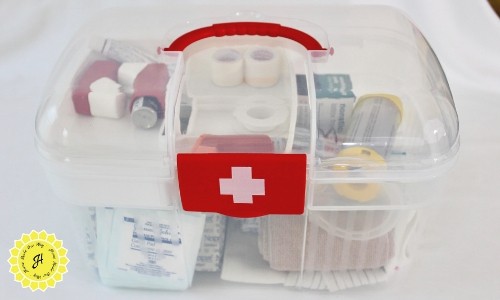
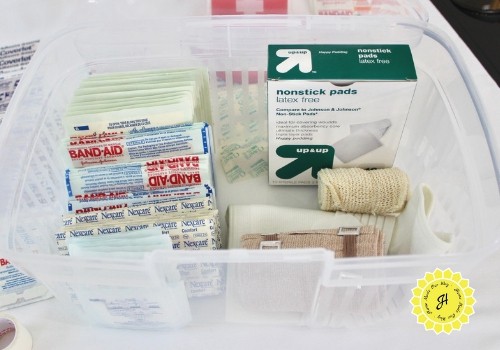
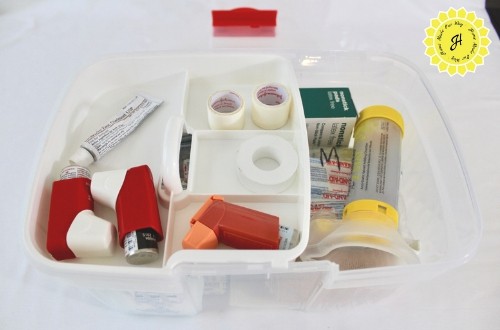
In my kit, I have a lot of bandages that vary in size so I just separated them by size so I can put them in the right plastic baggie.
Again, it’s nothing fancy and it makes it easy to find the right-sized bandage.
This is the top portion with a tray.
I like keeping my son’s asthma meds on top and handy, just in case.
Final Thoughts on Organizing Your Medications
Once you have all your healthcare needs organized, it is time to get the family involved by having a meeting.
In your meeting, go over:
- Dangers of taking someone else’s medications
- Dangers of not following the correct dosages as prescribed by the doctor
- The different types of labels and instructions on the vials
- Where the first aid kit is located in cases of emergency
- The password or number combination for any lock box (for those who need to get into it)
Now to keep my bins and kits ‘ready’ for the next cold or flu season, I take advantage of coupons during the fall (for cough, cold, and pain relievers) and during the spring (for allergy relievers).
Try to keep yours well-stocked so you don’t have to drive out to a pharmacy at 2 a.m.
Free Medication/Supplement Tracker
To get your free medication/supplement tracker and access our resource library, click the pink button below:
Related Articles for Organizing Your Medications
Need to find space in your kitchen to relocate your medications?
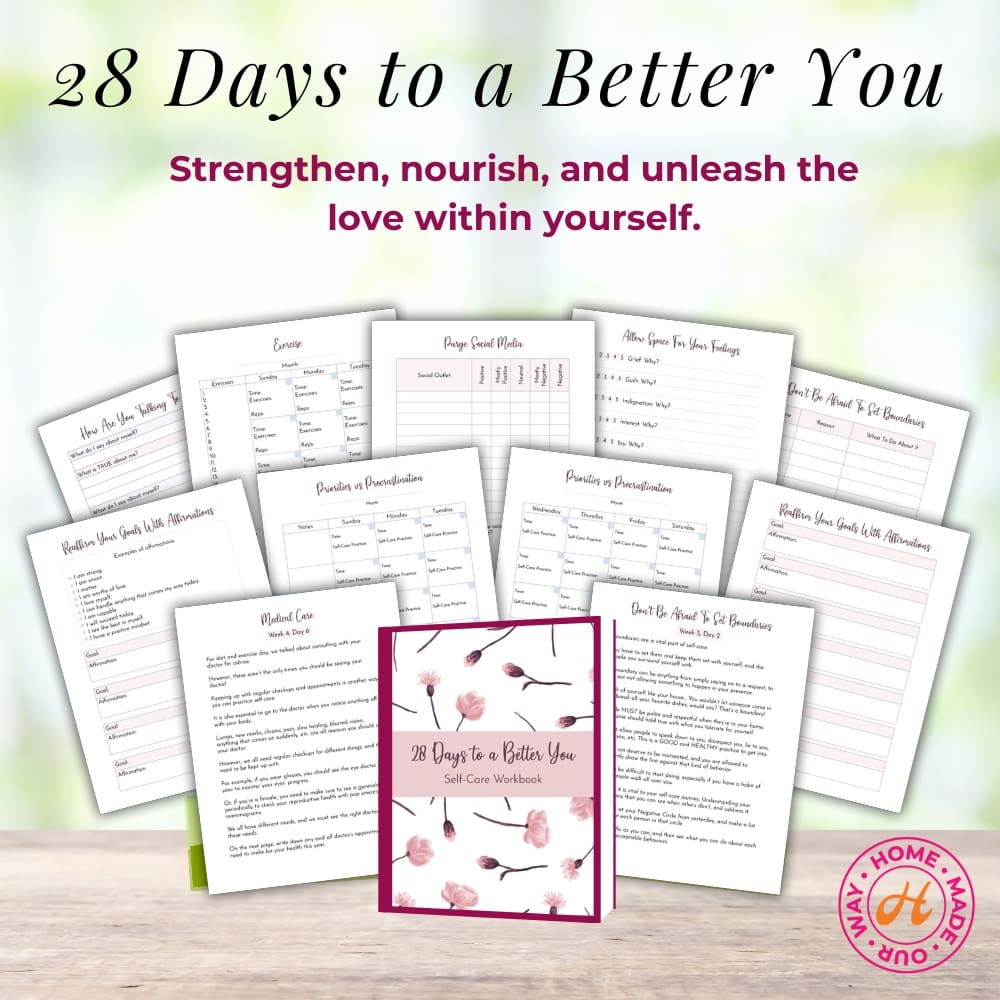
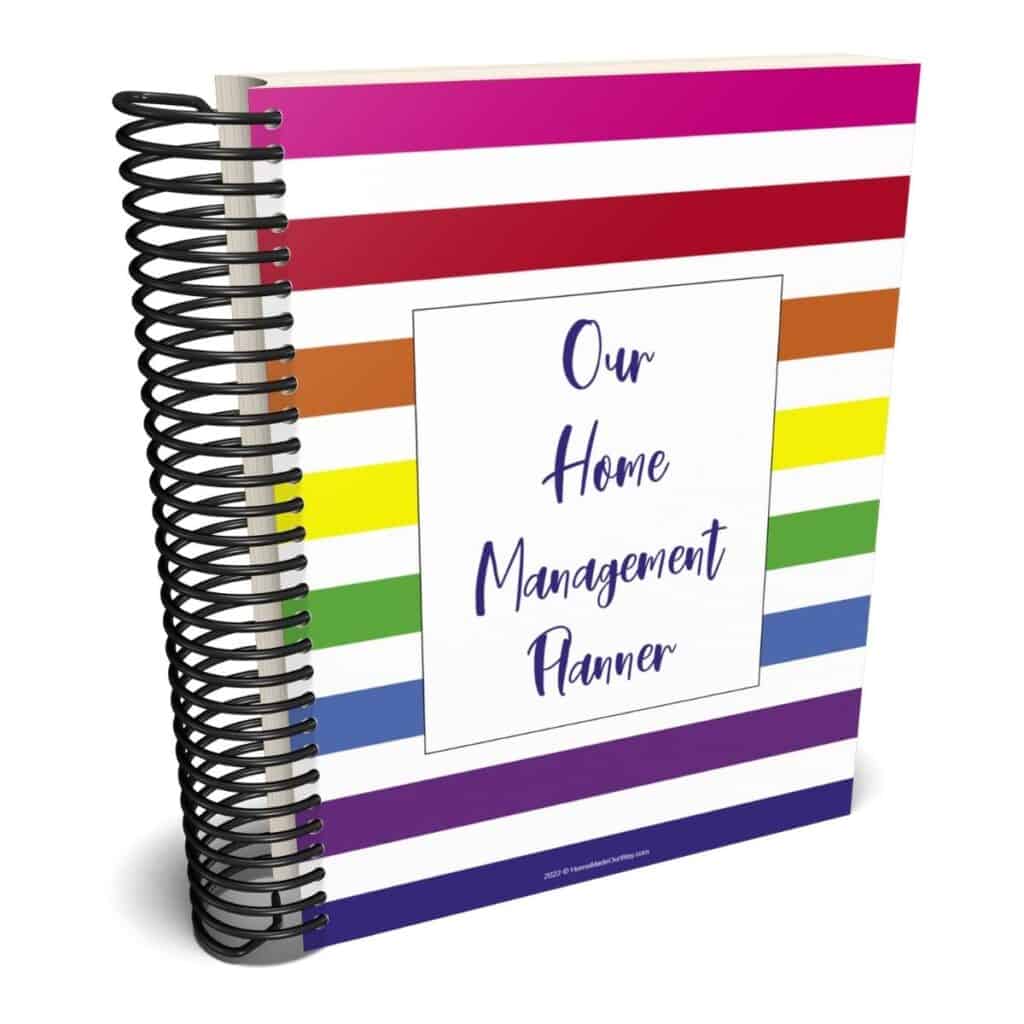
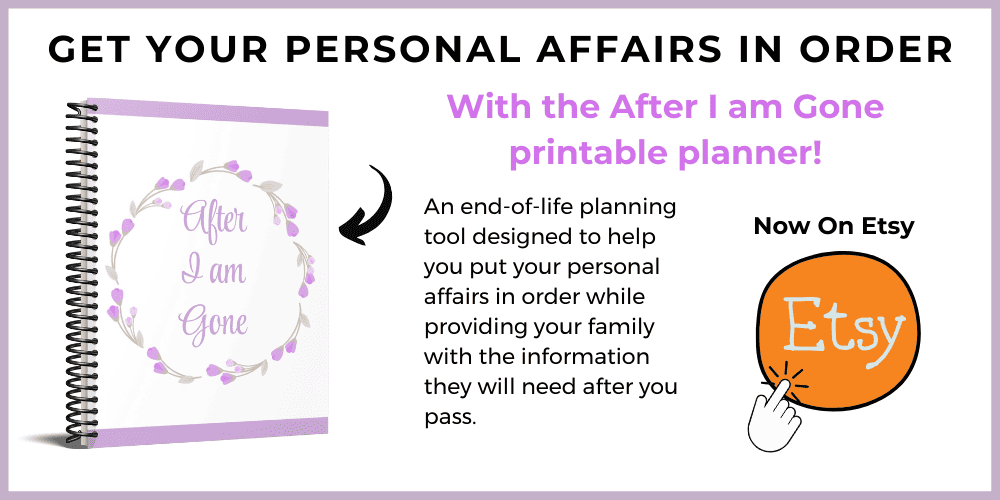
Medications have been tested and are still effective 10 (OTC) to 25 (Rx) Years after the expiration date as long as they are stored in a cool dry place (one exception is opened ointments. but pills, capsules, and tablets okay). Do some more research before getting rid of meds; depending on the emergency they may be hard to replace. HTH